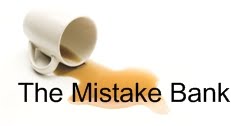Now, Scientific American magazine is taking up the cause. An article in its June issue, "Secret Clinical Trial Data To Go Public," discusses drug companies' reluctance to share any results that don't support their marketing efforts, and suggests how to open things up. The editors write:
How well does a prescription drug work? It can be hard for even doctors to know. Pharmaceutical companies frequently withhold the results of negative or inconclusive trials. Without a full accounting, a physician who wants to counsel a patient about whether a drug works better than a sugar pill is frequently at a loss. Drug companies share only airbrushed versions of data on safety and usefulness.
The editors go on to recommend drug trial information be published in an open data system akin to Yale's cleverly-named YODA project. Our hope is that big pharma jumps in whole-heartedly. Science and health-care patients present and future (that would be all of us) need it.
